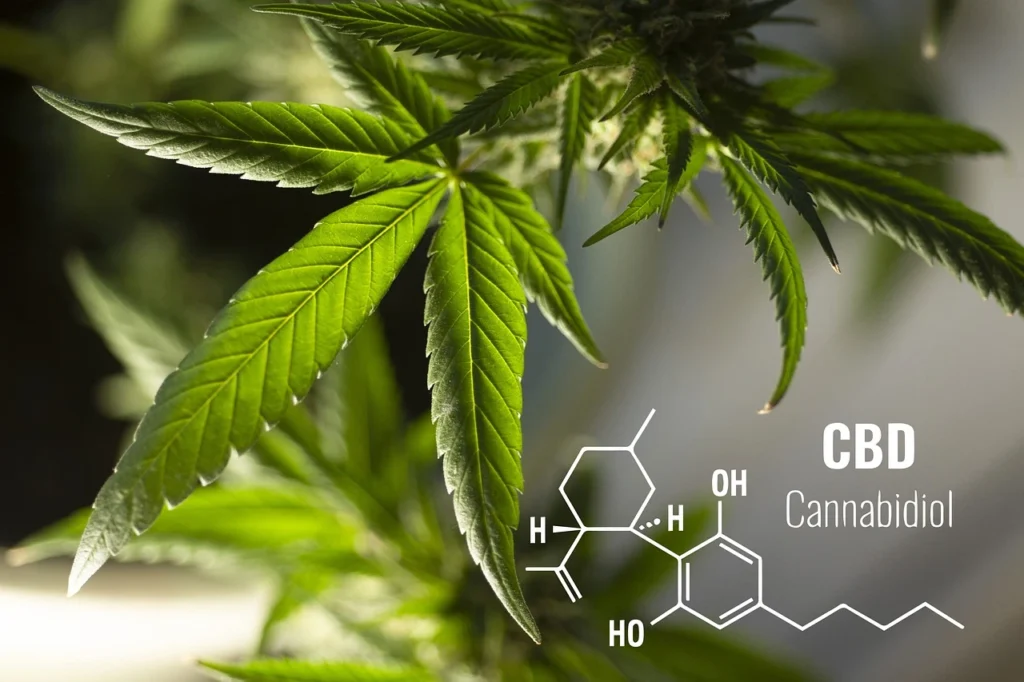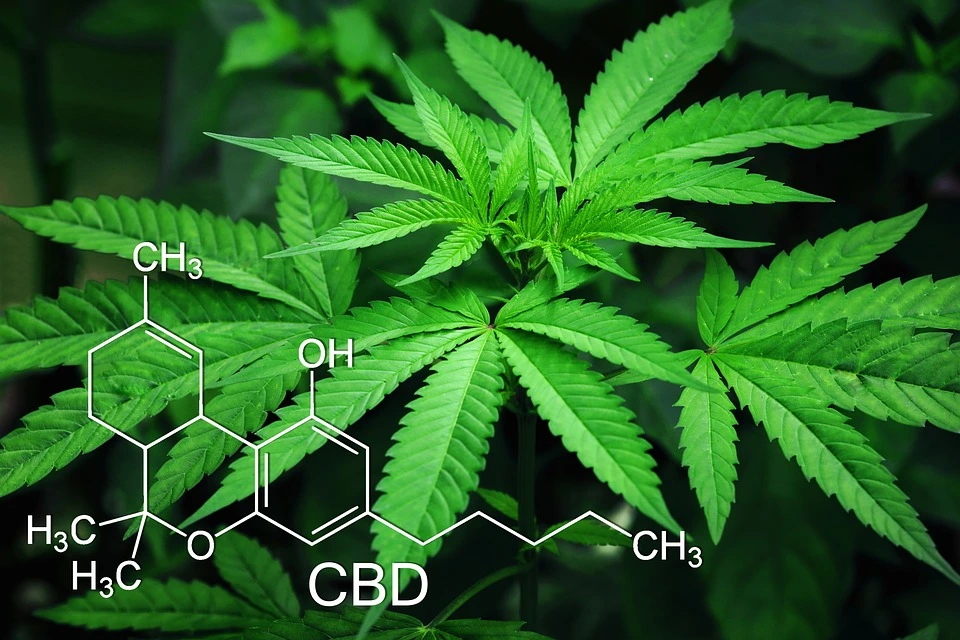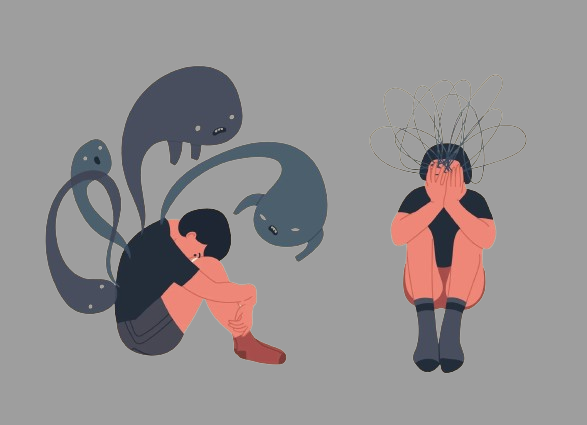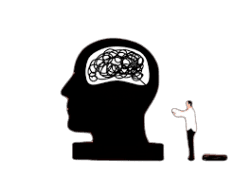When you consume cannabis (marijuana) for an extended period of time and experience periods of nausea, vomiting, and abdominal discomfort, you may develop cannabinoid hyperemesis syndrome (CHS). Taking hot baths and showers can provide short-term relief from these symptoms for those with CHS.
Severe vomiting is called “hyperemesis.” The plant Cannabis sativa contains substances called cannabinoids, which attach to receptors in your brain, spinal cord, gastrointestinal tract, and other body parts. Tetrahydrocannabinol (THC) and cannabidiol (CBD) are two examples of cannabinoids.
CHS is not merely a result of using marijuana. If you don’t receive treatment for this problem, it may cause major health issues.
What is cannabinoid hyperemesis syndrome?
Recurrent, severe episodes of vomiting are a symptom of cannabinoid hyperemesis syndrome (CHS). It is uncommon and only happens to regular, long-term marijuana users.
Cannabis has a number of active ingredients. THC and its associated compounds are among them. These compounds attach themselves to brain molecules. This results in the “high” from the drug as well as other side effects.

Numerous components in the digestive tract also bind to THC and related compounds. Cannabis therefore has an impact on the digestive system. The medication, for instance, may alter how long it takes the stomach to empty. The esophageal sphincter is also impacted. The muscular band that tightens and contracts to allow food to pass from the esophagus into the stomach is that one. Chronic marijuana usage can alter the way impacted molecules react, which can result in CHS symptoms.
In the United States, marijuana is the most often used illegal substance. The majority of regular users are young adults. Of these, a tiny percentage experience CHS. It usually only occurs in those who have been long-term frequent marijuana users. People who use the substance at least once a day are frequently affected by CHS.
Cannabis sativa is the plant from which marijuana is derived. also Cannabis is extracted from this plant by drying its seeds, stems, flowers, and leaves.
Cannabis, or marijuana, is typically administered to patients who are experiencing nausea and vomiting, but excessive usage of the drug has been demonstrated to have the opposite effect.
Additionally, doctors recommend marijuana and other cannabinoids to patients receiving chemotherapy or to HIV/AIDS patients who are experiencing appetite loss in order to stimulate their desires for food.
Signs and symptoms
CHS symptoms usually appear years after the onset of chronic marijuana use. However, CHS is not a problem for everyone who uses marijuana regularly.
The following are typical signs of cannabis hyperemesis syndrome:
- Persistent queasy feeling, usually in the morning.
- Vomiting and retching (producing the sound and motion of vomiting) repeatedly. Up to five times an hour, this may occur.
- Severe pain or discomfort in the abdomen.
- Dread of regurgitating.
- Appetite decline.
Phases in symptoms
Patients with CHS experience frequent bouts of vertigo and nausea. Three phases are distinguished by these symptoms:
Phase of prodromal symptoms:
It’s the first stage of CHS. Early in the morning is when most patients report having nausea and abdominal pain. In an attempt to reduce nausea, these patients begin taking more marijuana. This stage may last for several months or even years.
Phase of hyperemesis:
Some of the symptoms that arise during this phase are listed below:
- Frequent bouts of nausea
- Frequent instances of vomiting
- abdominal pain
- appetite decline
- reduction in weight
- Lack of water
After taking frequent hot showers during the day, the majority of patients report feeling less symptoms. A hot shower is thought to alleviate the symptoms because it relaxes the brain’s hypothalamus. In humans, the hypothalamus controls both body temperature and vomiting. During this phase, the majority of affected individuals typically consult a doctor in search of a remedy. After stopping marijuana, the patient can eliminate the aforementioned symptoms if the doctor certifies CHS.
Recuperation stage:
This is the last stage, during which the patient resumes normal eating and feels better overall. This stage of the condition can only end if the user gives up marijuana entirely for the remainder of their life; otherwise, CHS symptoms could return.

Causes
Cannabis contains tetrahydrocannabinol (THC) and related compounds as active ingredients. These substances stick to the chemicals in the brain that cause addiction.
The active ingredients in marijuana have the ability to adhere to intestinal tract cells. Changes in the esophageal sphincter, a muscle band that permits food to pass from the esophagus into the stomach, as well as other gastrointestinal problems, may result from this.
Cannabinoids are a class of highly active chemical compounds found in marijuana. These substances attach to cannabinoid receptors in your body’s cells, brain, and gastrointestinal tract (gut) when you use marijuana. The two primary cannabinoids found in marijuana products are tetrahydrocannabinol (THC) and cannabidiol (CBD). The majority of people who consume marijuana experience a “high” due to THC.
Long-term marijuana usage may gradually alter the way your body’s receptors react to the psychoactive compounds included in it. CHS symptoms could result from this. The medication, for instance, alters the esophageal sphincter’s receptors. It’s the taut muscle band that moves from your throat to your stomach when food passes through it.
Diagnosis
Medical professionals primarily use your symptoms, medical history, and past drug usage to diagnose CHS. During a physical examination, your doctor could question you:
- How frequently do you use marijuana?
- The duration of your cannabis consumption.
- When you experience nausea or vomit.
- If additional elements, such as specific foods, cause vomiting.
- Whether you lost weight without knowing why.
- If you try to alleviate your discomfort by taking hot showers or baths.
It’s critical to be truthful about your marijuana use if you experience CHS symptoms. Unaware of this history, medical professionals frequently misidentify CHS as other illnesses, such as cyclic vomiting syndrome (CVS).

The following standards are commonly used by providers to diagnose CHS:
- Regular and prolonged marijuana use (more than a year).
- Severe instances of recurrent vomiting.
- Stomach ache.
- When marijuana use is continuously abstained from, symptoms cease.
- Taking hot baths on a regular basis.
Your doctor could suggest specific tests to rule out alternative reasons for your nausea and vomiting, such as:
- Blood examinations.
- Urinalysis.
- Imaging tests such as MRI and CT scans.
Treatment
You may need to spend a brief period of time in the hospital if you have experienced severe vomiting. You may require the following treatments while experiencing hyperemesis:
- Intravenous (IV) hydration therapy for dehydration
- medications to lessen nausea
- analgesics
- Proton-pump inhibitors: a treatment for inflammatory gastrointestinal conditions
- regular use of hot baths
- prescription drugs that reduce anxiety (benzodiazepines)
- Using capsaicin cream on the abdomen reduced pain and nausea in a limited group of CHS patients. The cream’s ingredients work similarly to those of a hot shower.
In most cases, symptoms go away in a day or two if marijuana is not consumed beforehand.
You must completely give up marijuana usage if you want to recover completely. also Some people may receive assistance in quitting drugs from drug rehab centers. Family therapy or cognitive behavioral therapy may also be beneficial. Your symptoms shouldn’t return if you stop smoking marijuana.
Complications
Regular vomiting can result in electrolyte imbalances and severe dehydration, which can lead to issues like:
- seizures,
- spasms in the muscles
- weakened muscles
- renal issues
- anomalies in the heart’s rhythm
- startle
- cerebral edema (sometimes)
Furthermore, frequent vomiting might result in:
- dental decay,
- esophageal inflammation,
- esophageal rips, and
- malnourishment
Prevention

If you abstain from any marijuana use, you can prevent CHS. It might not be something you want to think about, but marijuana could be the root of your problems. That can be the case because you have been using it trouble-free for a long time. The onset of the illness could take several years. For first-time users who don’t use the medication frequently, it might help avoid nausea. However, users with CHS must give it up entirely. alos They risk having their symptoms return if they don’t.
Giving up marijuana may have further health advantages, like:
- improved lung capacity
- enhanced ability to think and remember
- improved slumber
- Reduced likelihood of anxiety and sadness



